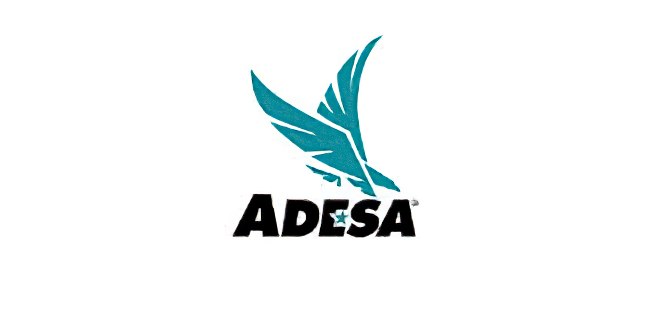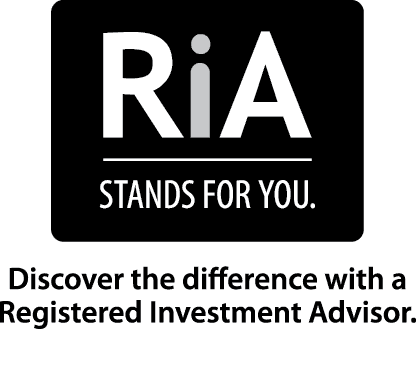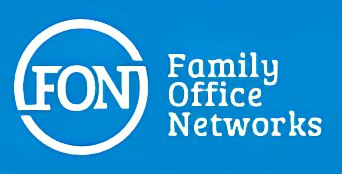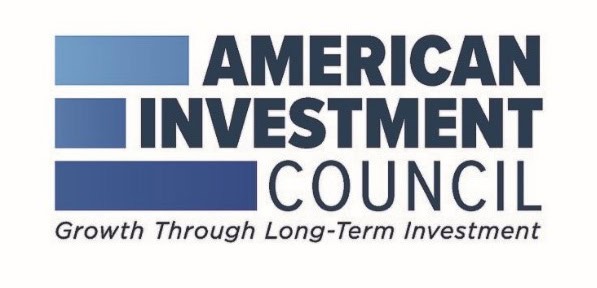Placement Advisory
Contents
“Through Mark’s contacts with one Southern California’s biggest broker-dealers we secured our first selling agreement. This broker-dealer funded three of our largest projects.”
Paul Allen
President Allen Properties
“Although we are based in Dallas, we hired Mark after attending three of his courses. Mark introduced us to a FINRA-licensed CPA in Houston who eventually became our lead Placement Agent. We successfully funded our long-term care project—which remains today an important part of the Tyler health care infrastructure.”
Chip Adams,
President, Rosecase
“Thanks to Mark’s guidance, processes, and contacts, we found a boutique family office manager who funded three development projects with investment capital totaling over $14 million in 2017”
Rudy Medina,
President NextSpace Development, Inc.








All planning roads lead to this
All real estate syndication roads eventually lead to “how,” “where,” “when,” and “who” about raising capital. “It’s a science, not an art.” The cornerstone principles and practices are described in our newest book, Syndication Strategy: How Early and Emerging Sponsors Innovate to Get It Right – Capital Raising Surges. There are 14 Direct Placement, 7 Wholesale Placement, and 5 Corporate Finance Sources/Strategies available to help sponsors succeed. There is no one source nor any one method of raising investor capital. The key to any successful campaign is careful and disciplined planning. Besides our comprehensive and popular publishing and training offerings, our placement advisory services have also set us apart from other law firms. We know the territory. For five decades, we have lawyered, researched, instructed, and syndicated ourselves. We have, as principals or advisors, organized, capitalized, and operationalized all elements of the syndication business. We have managed and researched the syndication business through good and tough times. We have felt all the thrills and spills.
We have been in your shoes
Mark Long, founder of SLG, has organized two syndication companies and two property management companies, all on shoestring budgets. One of these companies—Uptown Properties—started from scratch and raised its capital in the middle of a nuclear-winter investor climate. (See Case Study: Uptown Properties). These companies syndicated 52 offerings acquiring 75 properties across four states. Most of the investment capital was raised through the FINRA broker-dealer sector. In addition, Mark served as the National Marketing Director for the Real Estate Syndication Division of the Kemper Insurance Company. In this role, Mark designed and orchestrated the process of securing and managing over 60 selling agreements with FINRA broker-dealers. Mark also recruited, led, trained, and managed six regional wholesalers. He was one of the founders of the National Financial Wholesalers Association.
Beginning Syndicators Can Start Now… For syndicators with a minimal track record, scarce resources, but a patient mindset, our firm can become a valuable placement advisor. As such, we can customize the right short-term and long-term “go-to-market” capital-raising plans and budgets. The cornerstone principles and practices are described in our newest book, Syndication Strategy.
Crowdfunding gatekeepers
There are two kinds of gatekeepers in the crowdfunding sector. First, there are the crowdfunding sites owned/controlled by firms that want to earn a commission on the amount of money raised by a syndicator through their site. These commission-based crowdfunders must have a FINRA broker dealer license. Investors remain the assets of the broker-dealer. In other words, the syndicator cannot approach a broker-dealer’s client on another deal without both permission and commission paid to the broker-dealer. These sites are often referred to as “intermediary” sites. The second type of crowdfunding site is referred to as a “marketplace” crowdfunder. These site owners’ revenue model is based on license, ad, and investor-one-time fee charge paid by the syndicator to the portal owner. License/right to use fees can be $20,000 to $40,000 per offering. One-time fee per investor may be $1,000 to $3,000.
FINRA broker-dealers gatekeepers
The investment capital behind these gatekeepers are accredited and non-accredited investors advised and controlled by wealth managers, stock brokers, financial planners, and some family offices. There are over 3,700 FINRA broker dealers in America. The commissions, due diligence fees and wholesale fees can range between 5-15% of an offering’s capitalization. There are independent due diligence firms that many of the smaller broker-dealers rely upon.
Registered investment advisor gatekeeper
Family office gatekeepers
There are over 3,000 family offices in America. They are called family offices because these are assets of a family that are so large that the family hires specific CPA’s, RIA’s, attorneys, private equity consultants, hedge fund advisors, and stock broker specialists to properly manage the investment strategies of the family. The investment allocations of most family offices include a generous allocation to the alternative investment class- the class real estate syndications fall into. The gatekeepers of family offices can be any one or more of the aforementioned service providers plus additional due diligence specialists.
Private real estate fund and private equity gatekeepers
The larger category called “private equity” is made up of large private “blind pool” sponsors and other sponsors that organize specified property syndications. In either business model, private equity sponsors are candidate joint venture partners for smaller, niche syndicators who find and control a property. There are hundreds of private, blind pool-based real estate funds in America. The gatekeepers of these funds exist at two levels:
- The first layer of gatekeeper is usually (not always) a consulting firm. These consulting firms are usually hired by institutional investors. These consultants in turn are commissioned to track real estate syndicators that are generating oversized returns compared to other syndicators in the same class (class can be based on geography, property type, and syndication class (public or private).
- The second layer of gatekeepers are the managers/general partners of these large private real estate funds. Often these larger private real estate fund managers will rely on smaller, local syndicators or niche property-type syndicators to increase and diversify deal flow for the larger fund.
Both types of gatekeepers will have their own due diligence requirements, procedures and check off lists.
For a deeper dive into strategies and frameworks for syndication success, explore the insights detailed in our book, Syndication Strategy: How Early and Emerging Sponsors Innovate to Get It Right – Capital Raising Surges.
